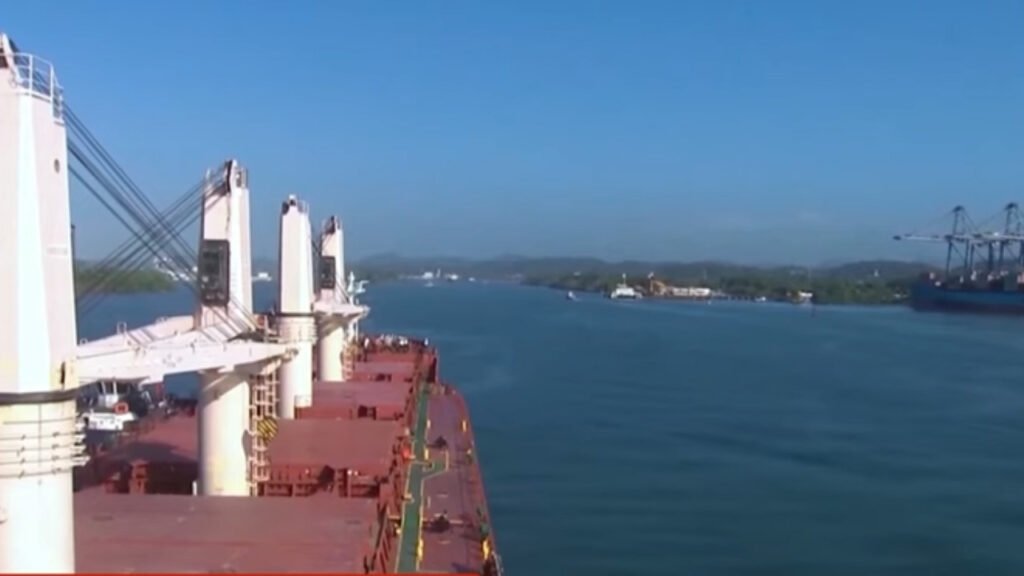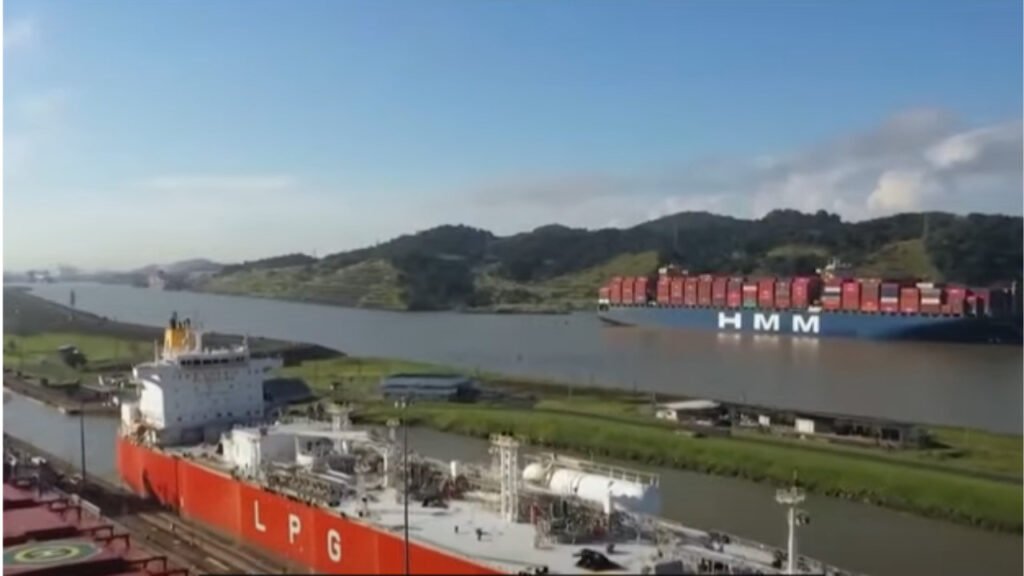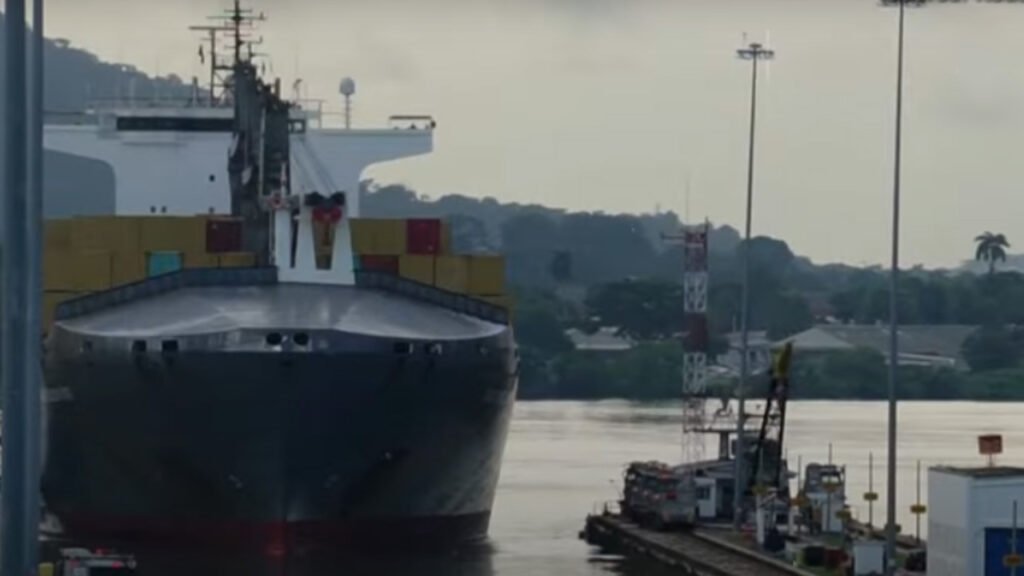The Panama Canal has long been one of the most crucial waterways in global trade, facilitating the movement of ships between the Atlantic and Pacific Oceans. Given its strategic importance, many people often wonder, Who operates the Panama Canal in 2025? Ownership, Management & Key Operators Explained. In this blog, we will explore the key stakeholders involved in managing and maintaining this vital passage, shedding light on its ownership, governance, and operational framework.
A Brief History of the Panama Canal
Before delving into Who operates the Panama Canal in 2025? Ownership, Management & Key Operators Explained, it is essential to understand its history. Originally constructed by the United States, the canal officially opened in 1914. For decades, it remained under U.S. control until the Torrijos-Carter Treaties of 1977 paved the way for Panama to take full ownership. On December 31, 1999, the Panama Canal Authority (ACP) assumed responsibility, marking a new era of Panamanian sovereignty over the waterway.
Who Owns the Panama Canal in 2025?
To answer Who operates the Panama Canal in 2025? Ownership, Management & Key Operators Explained, we must first establish its ownership. The Panama Canal is owned by the Republic of Panama. Unlike many other international waterways controlled by multiple countries or foreign entities, the Panamanian government holds full sovereignty over the canal. However, its operations are carried out by an autonomous entity known as the Panama Canal Authority (ACP).
Who Manages the Panama Canal in 2025?
While Panama owns the canal, its management is entrusted to the ACP. The ACP is a state-owned enterprise but operates independently from the Panamanian government in terms of day-to-day operations. This arrangement ensures efficient governance, free from political interference. When discussing Who operates the Panama Canal in 2025? Ownership, Management & Key Operators Explained, the ACP remains the focal point of management.

Key Responsibilities of the ACP
- Overseeing daily operations and maintenance
- Implementing toll structures and pricing policies
- Expanding and modernising infrastructure
- Ensuring environmental sustainability
- Coordinating with global maritime organisations
Key Operators and Stakeholders in 2025
Understanding Who operates the Panama Canal in 2025? Ownership, Management & Key Operators Explained also requires a closer look at the various stakeholders involved.
1. The Panama Canal Authority (ACP)
The ACP is responsible for the direct administration of the canal. It manages everything from vessel scheduling to water resource management. In 2025, the ACP continues to play a crucial role in adapting the canal to modern shipping demands, including new technologies and climate change challenges.
2. The Government of Panama
Although the ACP operates independently, the Panamanian government appoints its Board of Directors. This ensures national interests are represented while maintaining operational autonomy.
3. International Shipping Companies
Major shipping corporations, including Maersk, MSC, and COSCO, rely on the canal for their global trade operations. These companies work closely with the ACP to ensure efficient transit and fair pricing.
4. Environmental and Engineering Consultants
Given the increasing environmental concerns and water supply issues, global experts play a role in advising the ACP on sustainability measures, water conservation techniques, and infrastructure development.
5. Labour Unions and Workforce
Thousands of workers, including engineers, pilots, and logistics staff, ensure the smooth functioning of the canal. Their expertise and efficiency contribute significantly to its success.

Recent Developments in the Panama Canal Operations in 2025
When considering Who operates the Panama Canal in 2025? Ownership, Management & Key Operators Explained, it is vital to address recent developments shaping its operations.
1. Technological Advancements
In 2025, the Panama Canal has integrated AI-based traffic management systems to enhance efficiency and reduce waiting times. The adoption of automated locks and smart sensors has further optimised operations.
2. Water Conservation Strategies
Due to climate change, water shortages have become a pressing issue. In response, the ACP has implemented innovative water-saving basins and invested in desalination plants to maintain sustainable operations.
3. Expansion and Modernisation Efforts
Since the opening of the expanded locks in 2016, the ACP has continued upgrading the canal’s infrastructure. In 2025, projects such as deepening the navigation channels and developing alternative routes are underway to accommodate larger vessels.
4. Geopolitical and Economic Impacts
The canal’s operations are influenced by global politics and economic trends. The ACP actively collaborates with international bodies to ensure smooth transit, particularly in light of shifting trade alliances and supply chain disruptions.
Challenges Facing the Panama Canal in 2025
Despite its efficiency, the canal faces several challenges, which are crucial to understanding Who operates the Panama Canal in 2025? Ownership, Management & Key Operators Explained.
1. Climate Change and Water Scarcity
The canal depends on freshwater from the Gatún Lake, which has been affected by droughts. Sustainable water management is a top priority to ensure uninterrupted operations.
2. Competition from Alternative Routes
New shipping routes, such as the Arctic passage and the Suez Canal’s expansions, pose competition to the Panama Canal. The ACP is focusing on improving efficiency and reducing transit costs to remain competitive.
3. Political and Economic Factors
International relations, particularly between the U.S. and China, impact canal traffic. Trade wars or economic sanctions could affect the volume of goods passing through the canal.
4. Infrastructure Maintenance
With over a century of operation, parts of the canal’s infrastructure require continuous maintenance and upgrades. The ACP is investing heavily in modernising key structures to maintain global standards.

Future of the Panama Canal Beyond 2025
Looking ahead, the Panama Canal is expected to continue evolving. With increasing reliance on AI-driven logistics, green shipping technologies, and expanded capacities, the ACP is positioning itself as a leader in maritime trade. As we continue discussing Who operates the Panama Canal in 2025? Ownership, Management & Key Operators Explained, it is evident that the ACP will play a pivotal role in shaping the future of this global trade artery.
Final Thoughts
To summarise, Who operates the Panama Canal in 2025? Ownership, Management & Key Operators Explained remains a topic of great interest due to the canal’s significance in international trade. While the Republic of Panama owns the canal, its day-to-day management is entrusted to the Panama Canal Authority (ACP). Key stakeholders, including global shipping companies, environmental experts, and skilled labour forces, all contribute to its smooth operation.
Despite challenges such as climate change and geopolitical shifts, the ACP continues to innovate and modernise, ensuring that the canal remains a cornerstone of global commerce. As we move beyond 2025, it is clear that the Panama Canal will remain a vital link in the world’s supply chain, adapting to new technological advancements and economic realities.
